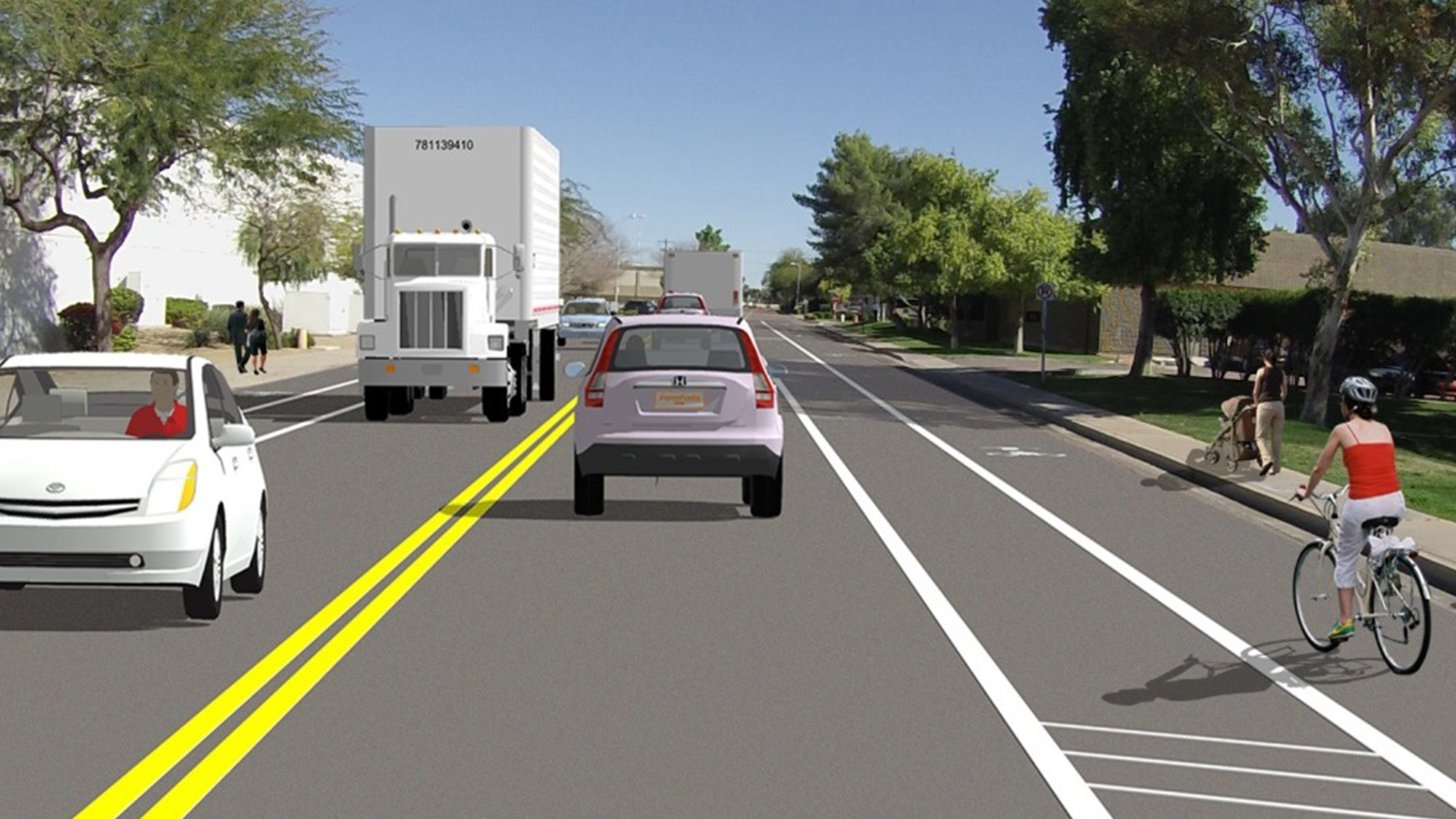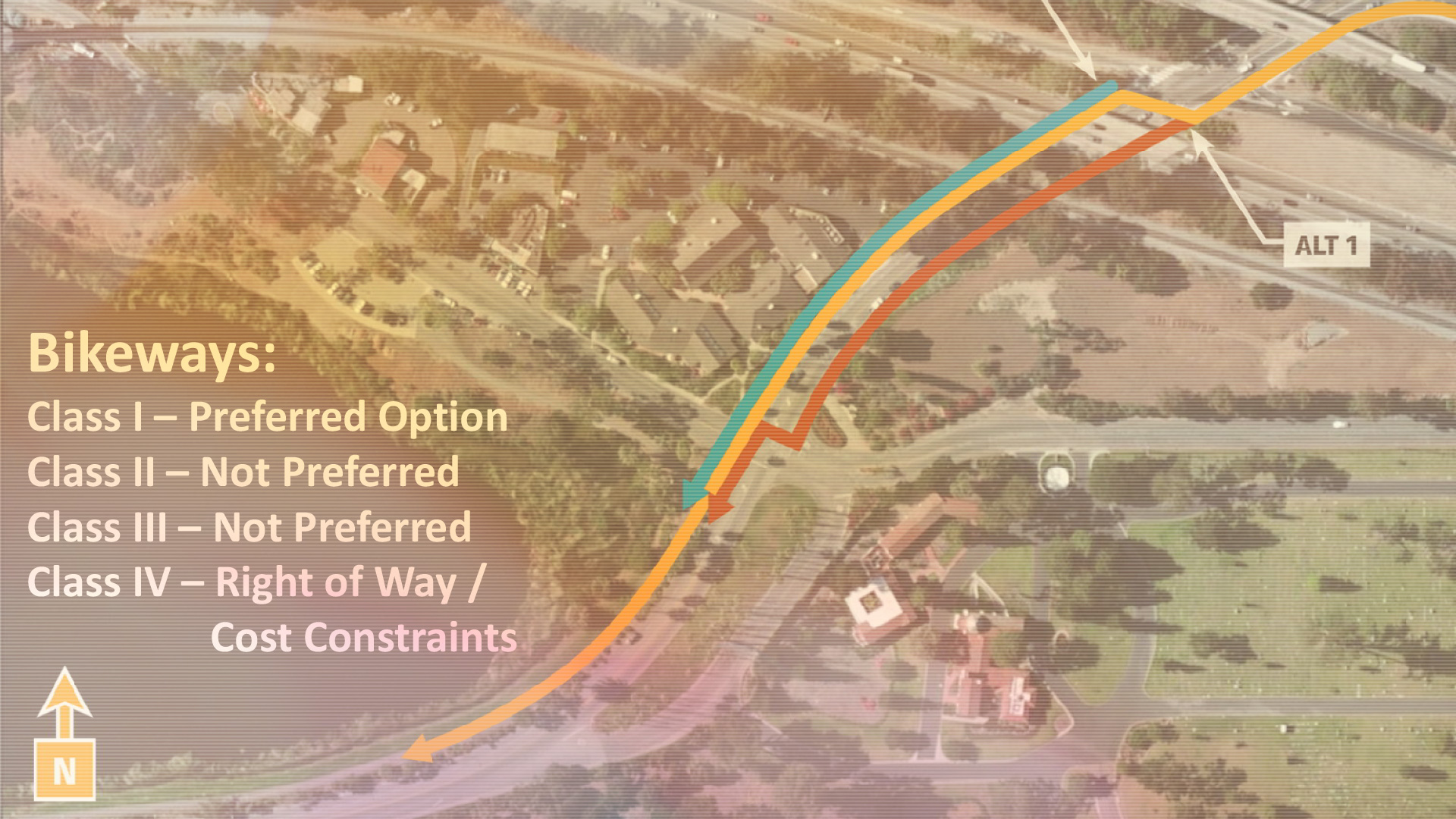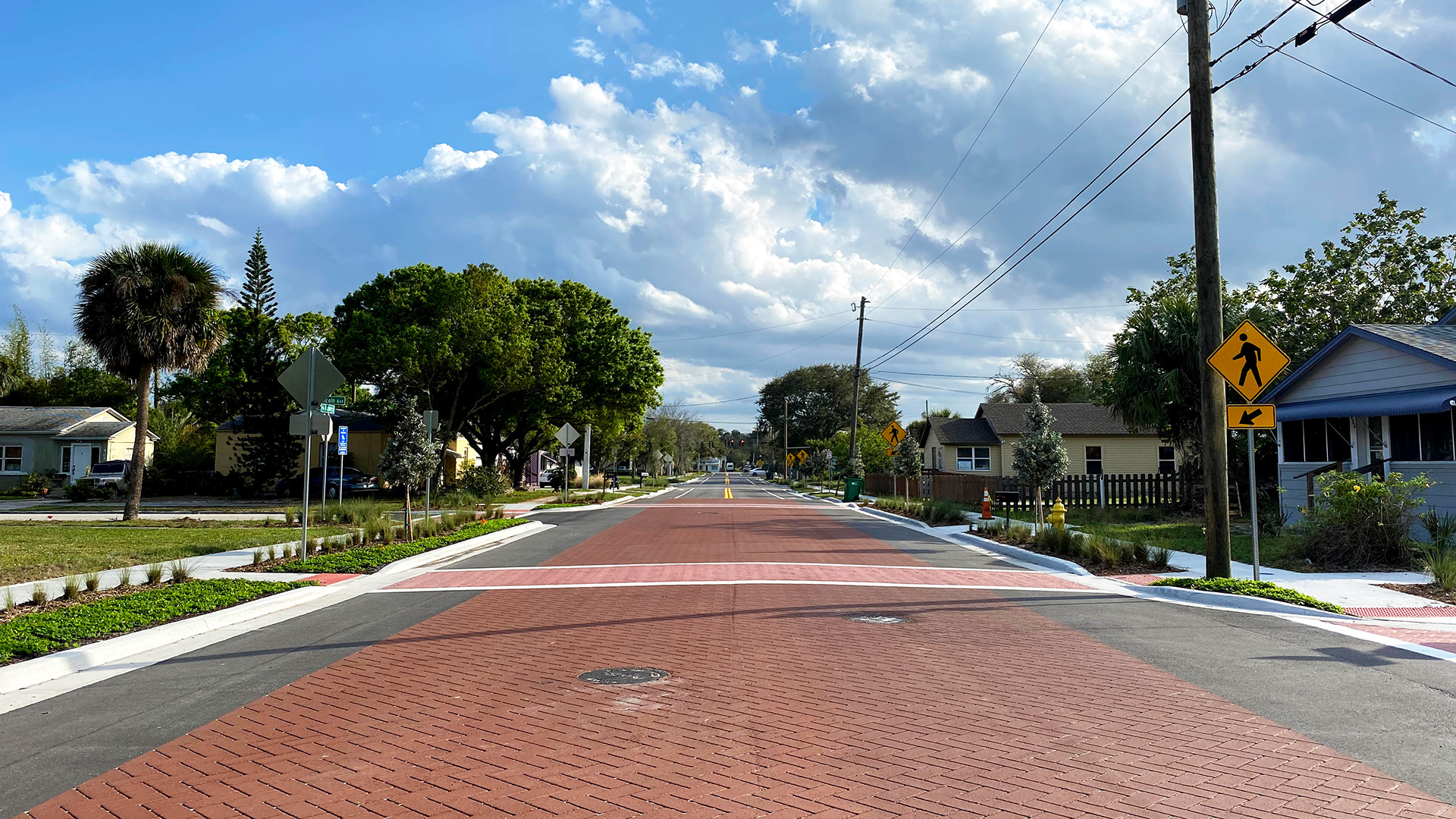Challenge
To maximize efficiency on our roadways, signal timing needs to be updated to reflect changes in traffic volumes and traffic patterns. Ideally, signal timing should be evaluated and updated every three to five years. Signal retiming has an estimated benefit-cost ratio of 30:1 due to low capital costs and the potential for significant reductions in travel time, delay, and emissions. The Institute of Transportations Engineers estimates that one full-time traffic engineer is needed to properly operate and maintain every 75 to 100 signals, but many agencies simply do not have this level of staff resources.
Solution
Agencies like the Montana Department of Transportation (MDT) can rely on consultants to help retime their signals on a regular schedule. Kittelson has been involved in signal retimings across the state of Montana, including projects in Bozeman, Billings, and Kalispell. For these projects, we collect and analyze data to develop updated signal timings, then deploy the updated signal timings in coordination with MDT staff. Finally, the signals are monitored to document benefits and address community comments.
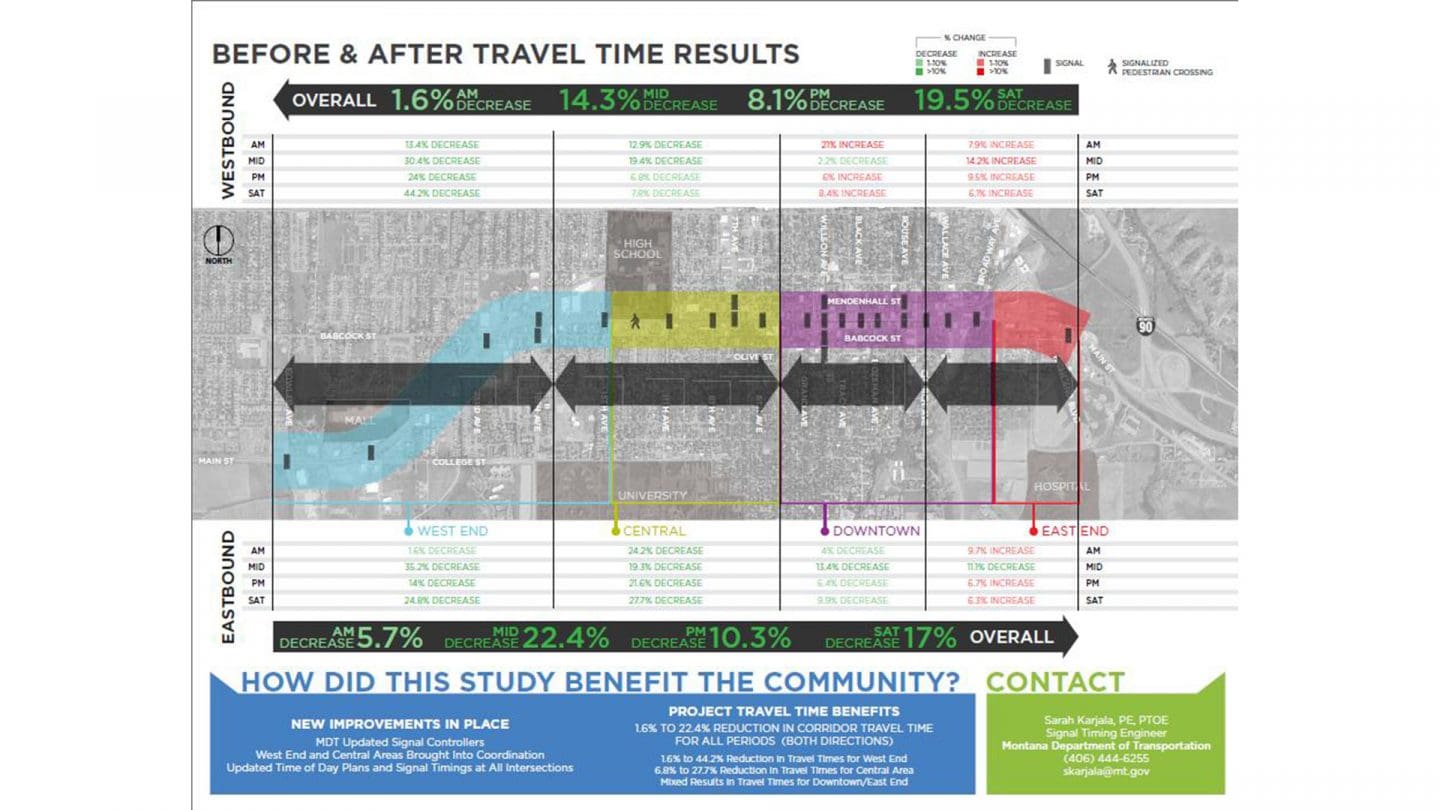
montana signal timing
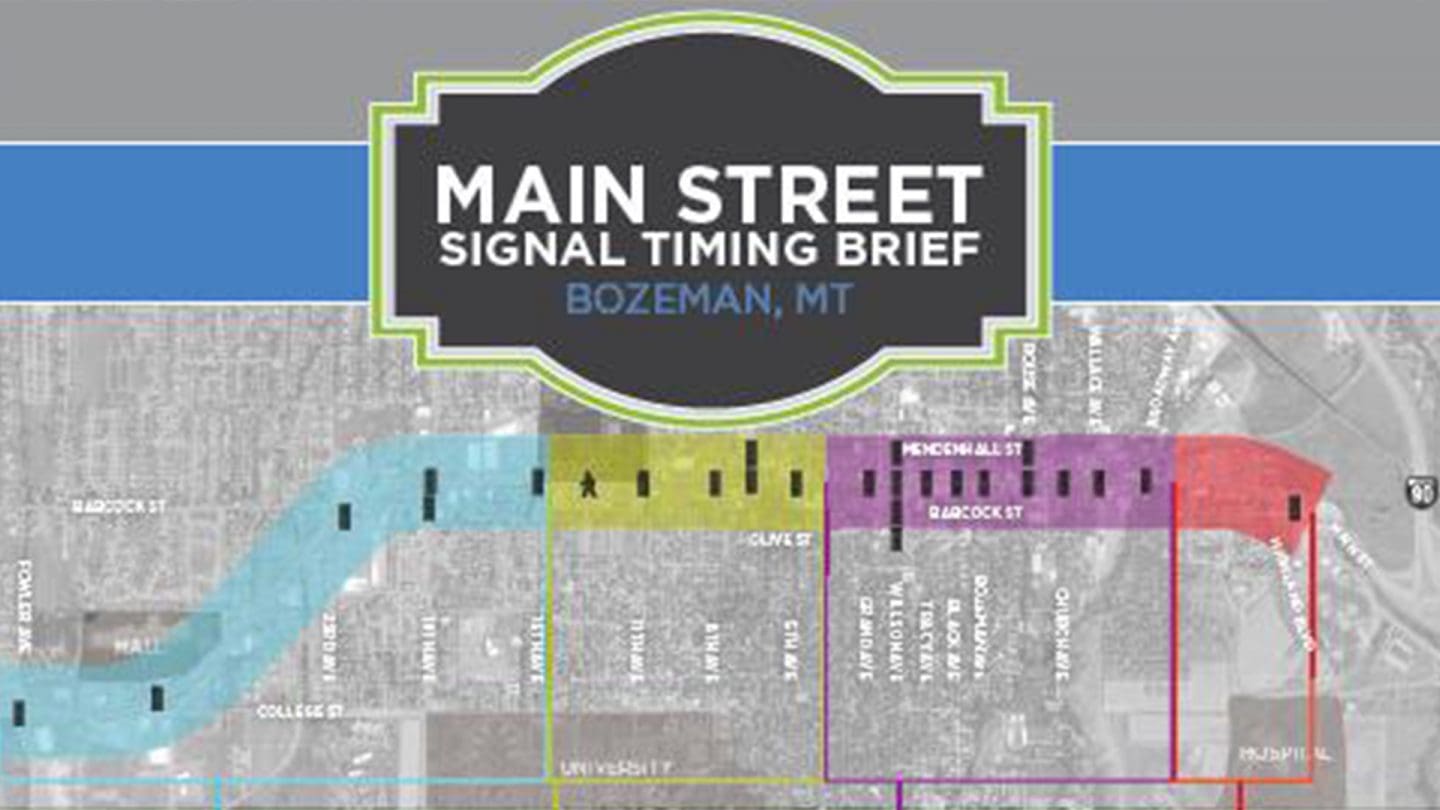
montana signal timing
The Outcome
Keeping Signal Timing up to Date in Montana
A retiming of the Main Street corridor in Bozeman, MT resulted in reductions in travel time from 2% to 22% (depending on time of day and direction). Additionally, this project updated pedestrian crossing times to current federal standards, providing more time for pedestrians to cross busy intersections.

